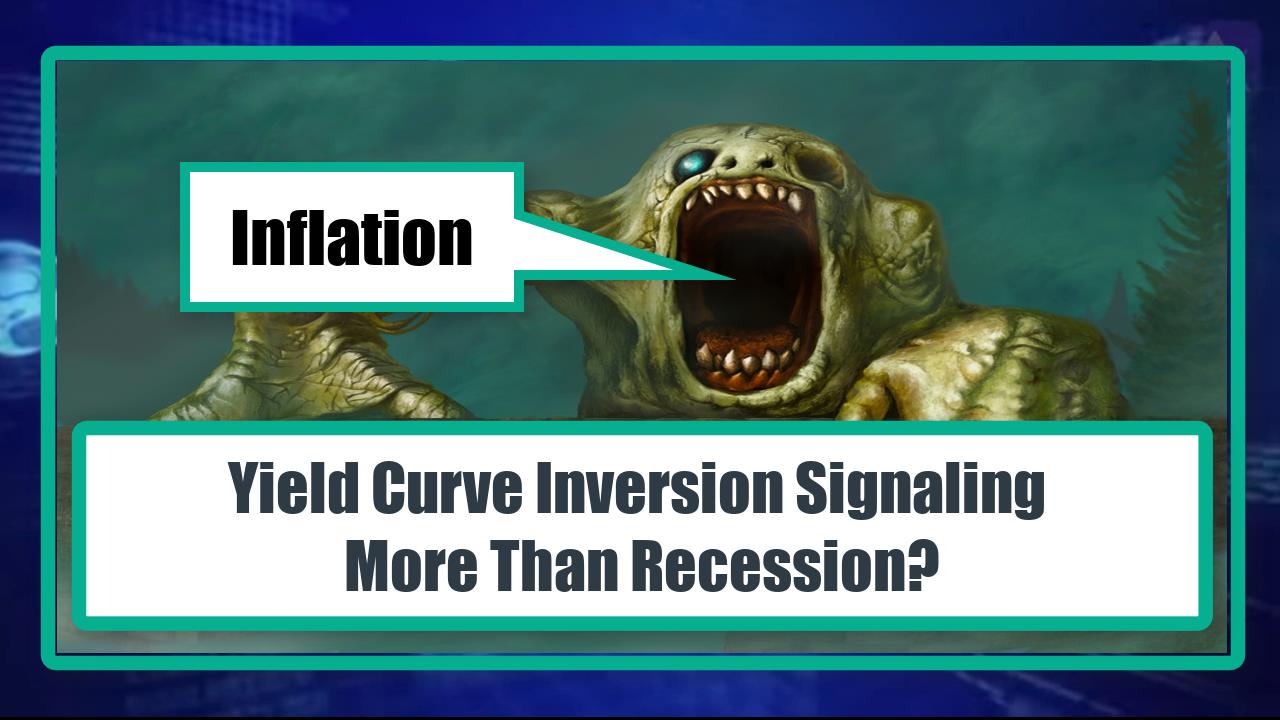Video:
Take our online poll:
AI Analysis:
Yield curve inversion occurs when the yields on long-term government bonds fall below the yields on short-term government bonds. This inversion is a significant indicator of an impending economic downturn and is closely monitored by economists and policymakers. When the yield curve inverts, it suggests that investors have a pessimistic outlook on the economy's future prospects, leading them to seek safer long-term investments despite lower returns. This behavior often reflects concerns about potential economic slowdowns or even recessions.
The inversion of the yield curve can have several impacts on an economy. Firstly, it may result in a tightening of credit conditions. As investors anticipate economic challenges ahead, banks and financial institutions become more cautious in their lending practices. They may raise interest rates on loans and tighten lending standards, making it more difficult for businesses and consumers to access credit. This reduction in borrowing can dampen consumer spending and business investment, leading to slower economic growth. Secondly, yield curve inversion can negatively affect investor sentiment and confidence. When the yield curve inverts, it is often interpreted as a signal of economic uncertainty and can trigger a selloff in financial markets. As stock prices decline and asset values shrink, consumers may become more hesitant to spend, further impacting economic activity. In this way, the inversion of the yield curve can exacerbate economic downturns and create a self-fulfilling prophecy of a weaker economy as investor pessimism becomes a reality.
References:


Comments